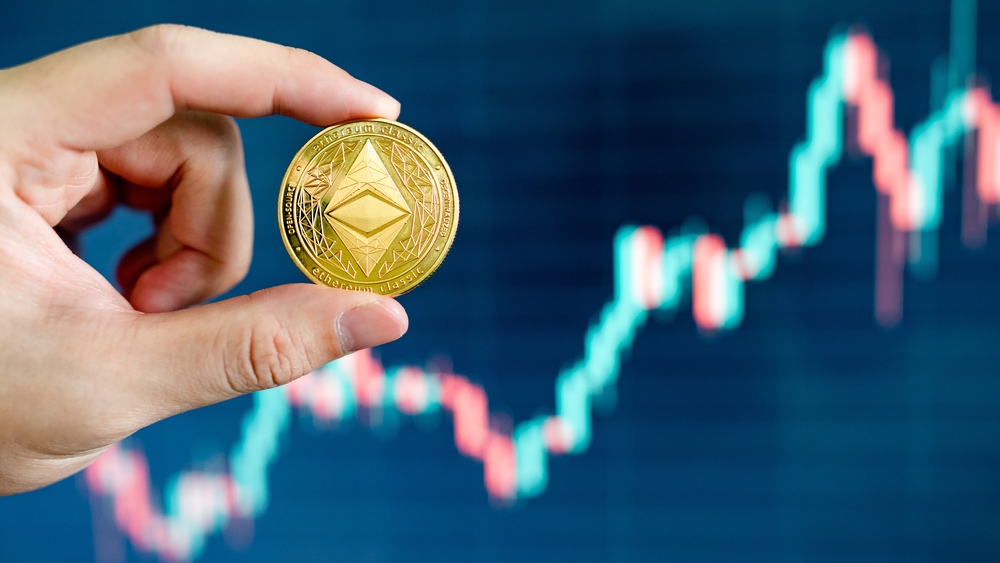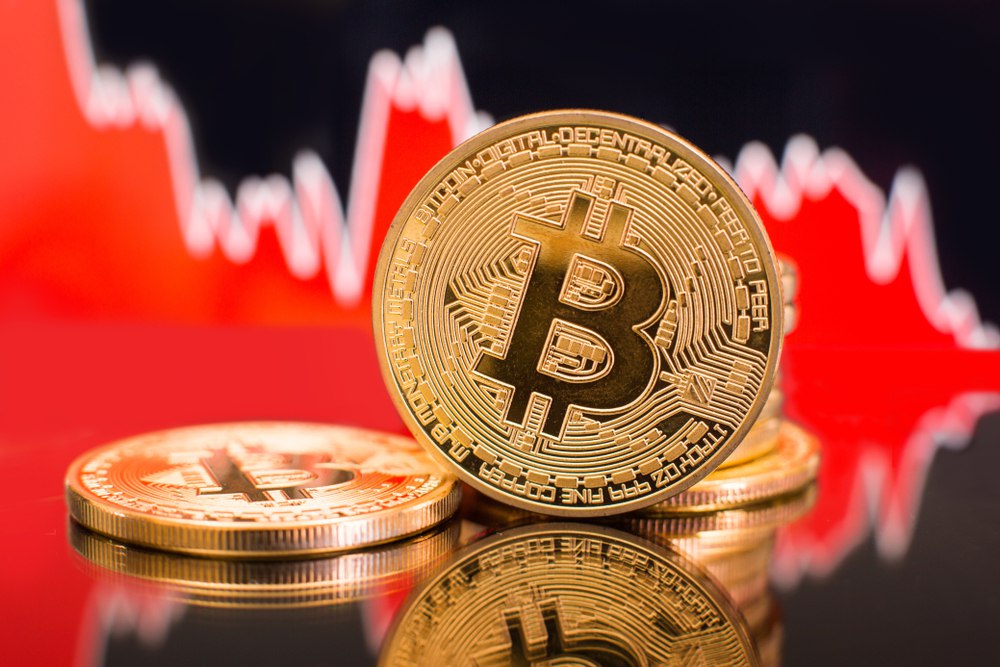More Stablecoins that are Also Very Less Stable and You Should be Wary of Them
Prior to its demise, TerraUSD (UST) existed as the third-largest stablecoin in the entire cryptocurrency universe. However, as it crashed due to the de-pegging, it has raised questions and concerns among many market analysts and observers.
The reason for their concern is justified because of their investments and dedication to cryptocurrencies. No matter which currency they trade within the market, they need access to currencies they can withdraw.
This is where the stablecoins come in, allowing them to save money in USD for withdrawal purposes.
Uncertainty in Stablecoins Due to UST
Due to the recent debacle with the UST, the entire cryptocurrency has grown concerned. The communities are confused about what is going to happen with the rest of the stablecoins within the crypto-verse.
This is when Tether (USDT), the largest stablecoin has given assurances that it is fully backed. The CEO of the company behind the creation of USDT has confirmed they have USD and other assets backing the full value of USDT.
However, not many stablecoins have been able to give the same assurances to the cryptocurrency community. Now, the investors want to know which stablecoin can be trusted and which stablecoin is risky to invest in.
Here are some of the stablecoins that you must be cautious about. These stablecoins are not considered to be very stable and have the potential to crash. It is highly recommended you stay very mindful when using these cryptocurrencies.
USDX
USDX has a history of never being able fully hit 1.00 versus the US dollar. It has always been around $0.98 or $0.96 versus the USD. However, as the UST crashed on May 9, its price also ended up experiencing a dip.
Its trading price also went from $0.96 or $0.98 to $0.66. Until May 12, the price of USDX revolved around $0.66. Since then, the USDX has started moving closer to its old value. Still, USDX hasn’t been able to fully recover from the dip.
At the time of writing, USDX has climbed up to $0.89 and it is slowly marching higher. Although it may become pegged with the USD, it has become clear that any de-pegging has the risk of dipping its price again.
VAI
Then comes Vai (VAI) which is also in the same league as USDX. It ended up facing the same problem as the USDX when the de-pegging of UST took place. However, the recovery VAI has made is better than the likes of USDX.
At the time of writing, VAI stands at $0.95 versus the USD. However, since its launch, it has been trading at a price lower than the USD. It is also known for oscillating between $0.95 and $0.98.










